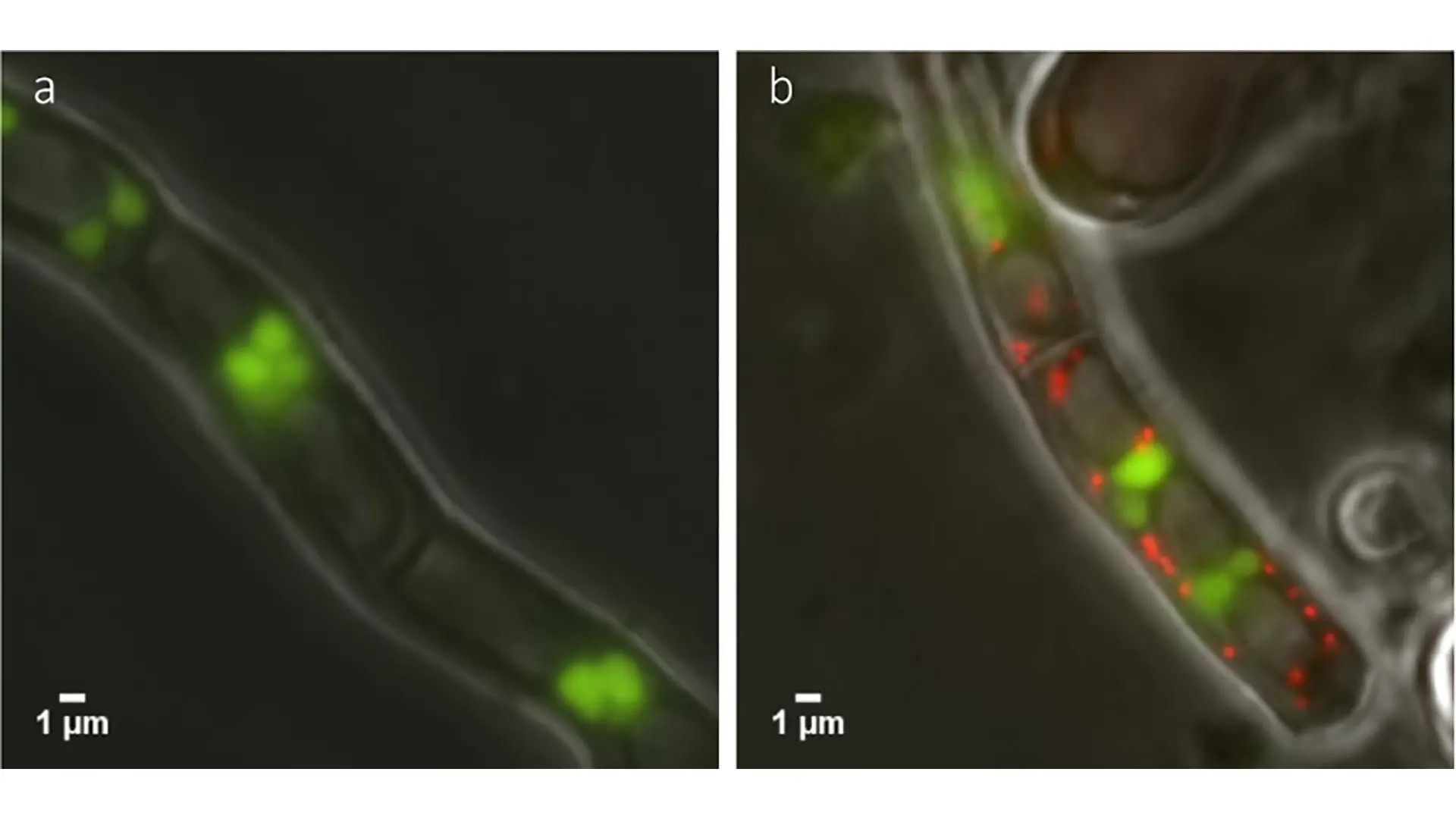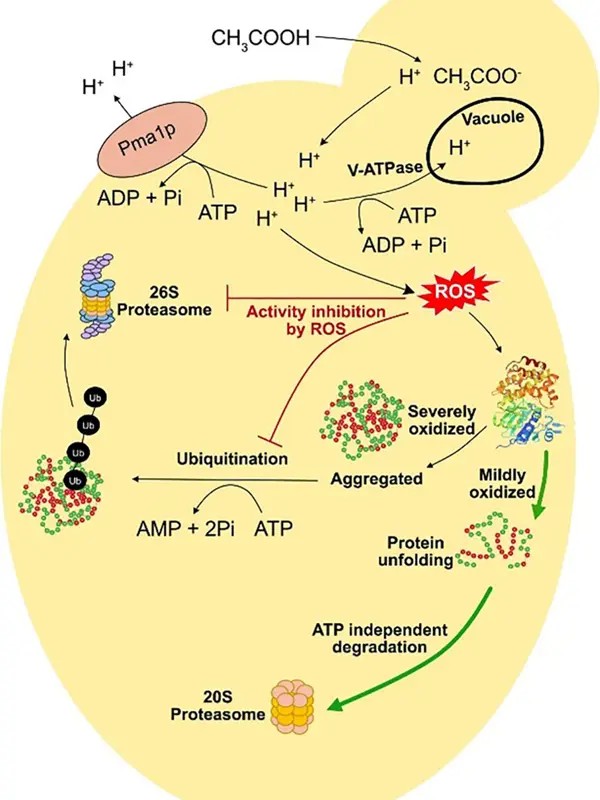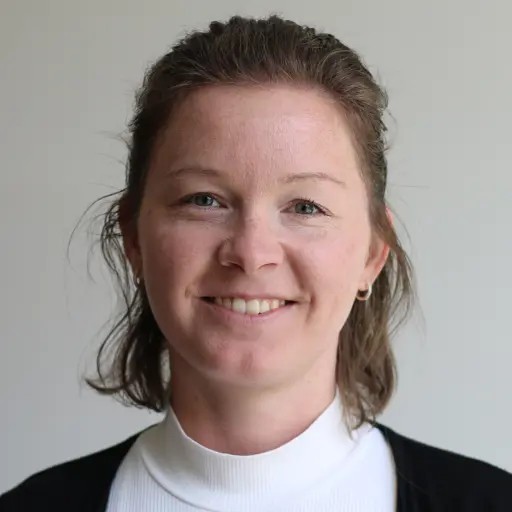
The overall aim of our research is to accelerate the design-build-test-learn cycle for making novel or improved cell factories for converting lignocellulosic biomass (industrial side-streams coming from plant residues) or sugars into platform or precision chemicals. Examples of target products we work on are lactic acid, aromatic chemicals, and single-cell protein. We also work on improving tolerance to inhibitors in lignocellulosic hydrolysates and on the co-utilization of different carbon sources.

Cell factory design and strain development
We mainly work with yeast and filamentous fungi and routinely employ industrial strains as we want to provide solutions that could have impact also at large scale. We use both classical strain engineering (adaptive evolution and mutagenesis) and genetic engineering for converting the microorganisms into more productive, robust and inhibitor-tolerant production hosts.
CRISPR/Cas9 based genome editing and regulation of transcription
We develop genome editing and transcriptional regulation tools based on the CRISPR/Cas9-technology and synthetic transcription factors. For engineering filamentous fungi we typically use Cas9 ribonucleoparticles, which enables engineering without tool development and access to altering the genomes of novel species, speeding up strain development. For yeast we have created a CRISPRa/i toolbox that allows us to create and evaluate large amounts of strain variants.
Biosensors and high-throughput screening
We work with large strain libraries, such as CRISPRi collections that we screen under varying conditions, in high-throughput. We have developed screening methods that allow evaluating growth directly in relevant biomasses, allowing the development of cell factories for actual industrial application. Another research theme is developing and using biosensors for screening and strain development purposes.
Publications
Group members
Research group leader
Postdoc
PhD student
Alumni
- Changshuo Liu (visiting PhD student 2022)
- Amanda Grace Vaz (industrial postdoc 2021-2022)
- Emil Martinsson Budillon (MSc student & project assistant 2022)
- Darshan Balachandran (MSc student 2022)
- Jelmar de Vries (BSc student & project assistant 2022)
- Arne Peetermans (visiting PhD student 2021-2022)
- Vaskar Mukherjee (postdoc 2018-2022)
- Elena Camara (postdoc 2017-2021)
- Pawel Piatek (postdoc, 2017-2021)
- Tove Widén (project assistant 2020)
- Luca Torello Pianale (MSc student 2018-2019
- Ibai Lenitz (MSc student 2018-2019)
- Margarete Saraiva (visiting postdoc 2017-2018)
- Ignis Trollmann (MSc student 2017-2018).

